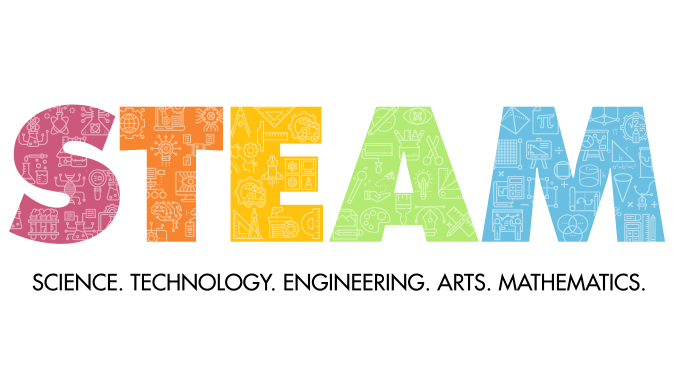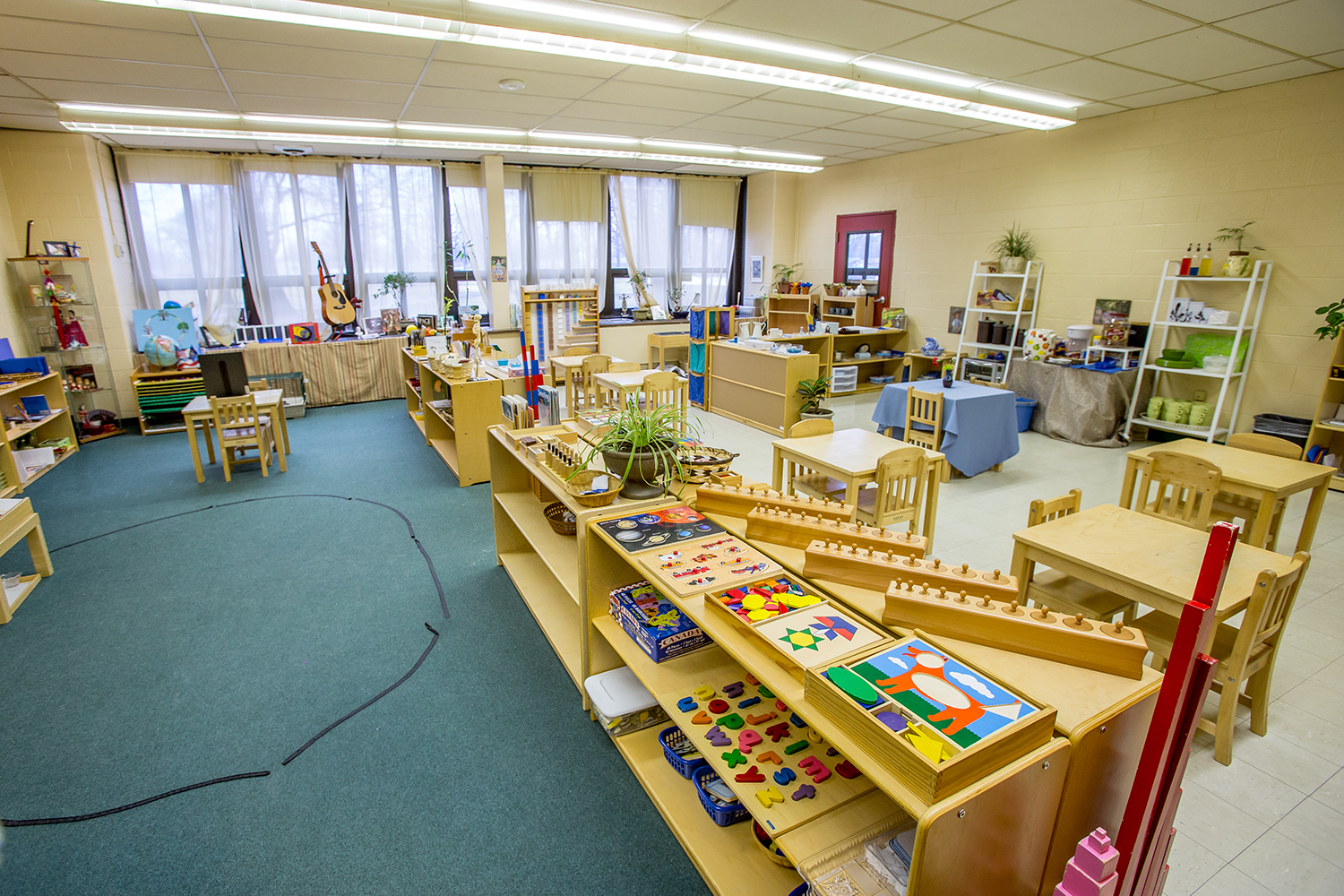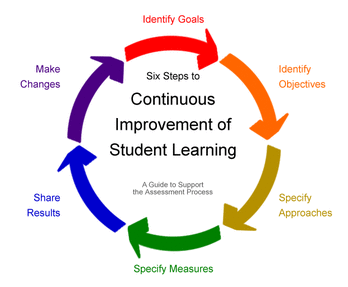STEAM education has become an important part of success in classrooms. Integrating science, technology, engineering, the arts, and mathematics into as many activities as possible can be an important way for students to learn and grow. The idea behind STEAM education is that students will grow and foster an appreciation for critical and creative thinking. The most beneficial way to integrate STEAM in a classroom is to incorporate STEAM activities into core subjects. By allowing students to think creatively and critically through assignments that otherwise may have been simply reading or writing, there is a greater chance that students will learn more, which is ultimately the goal.
 There has been an increase in “makerspaces” across the
county. The book STEAM Makers: Fostering Creativity and Innovation in the
Elementary Classroom by Jackie Maslyk talks a lot about creating these
spaces for students to learn and grow. These are use for students to become
engineers, think through problems, and find creative solutions. The book talks
about how to find funds for these spaces to be built, where to find people to
help with the space, and the materials that need to be provided within the
space for it to be the most successful possible.
There has been an increase in “makerspaces” across the
county. The book STEAM Makers: Fostering Creativity and Innovation in the
Elementary Classroom by Jackie Maslyk talks a lot about creating these
spaces for students to learn and grow. These are use for students to become
engineers, think through problems, and find creative solutions. The book talks
about how to find funds for these spaces to be built, where to find people to
help with the space, and the materials that need to be provided within the
space for it to be the most successful possible. Many educators do not see the explicit need to integrate the arts, the A in the acronym STEAM, but it is incredibly important. Language arts is one of the arts that can be included in STEAM. So many other subjects have ELA components that should be addressed. Any time a standard requires for students to explain, justify, or respond, this will allow an easy way to incorporate language arts. Outside of language arts, it is also important for students to express themselves through a more traditional type of art. When they are able to be creative, they may have an easier time conveying important ideas.
In my future classrooms, I plan to do many different kinds of STEAM activities and challenges. I want my students to have ample opportunity to think creatively and critically, and incorporating STEAM is the perfect way to do this. Students may really enjoy different ways that STEAM can be incorporated in the classroom, and they can even be fun for the teacher!
Check out this video!











